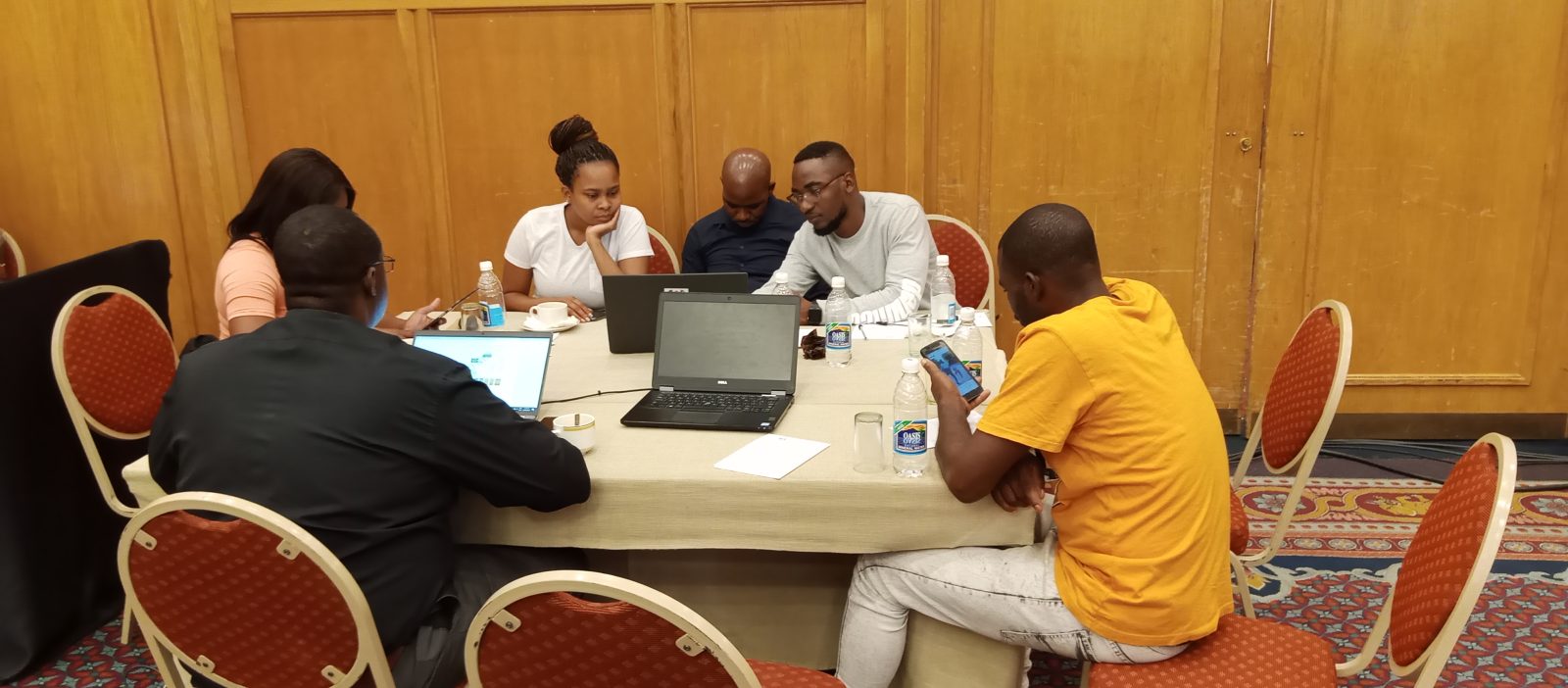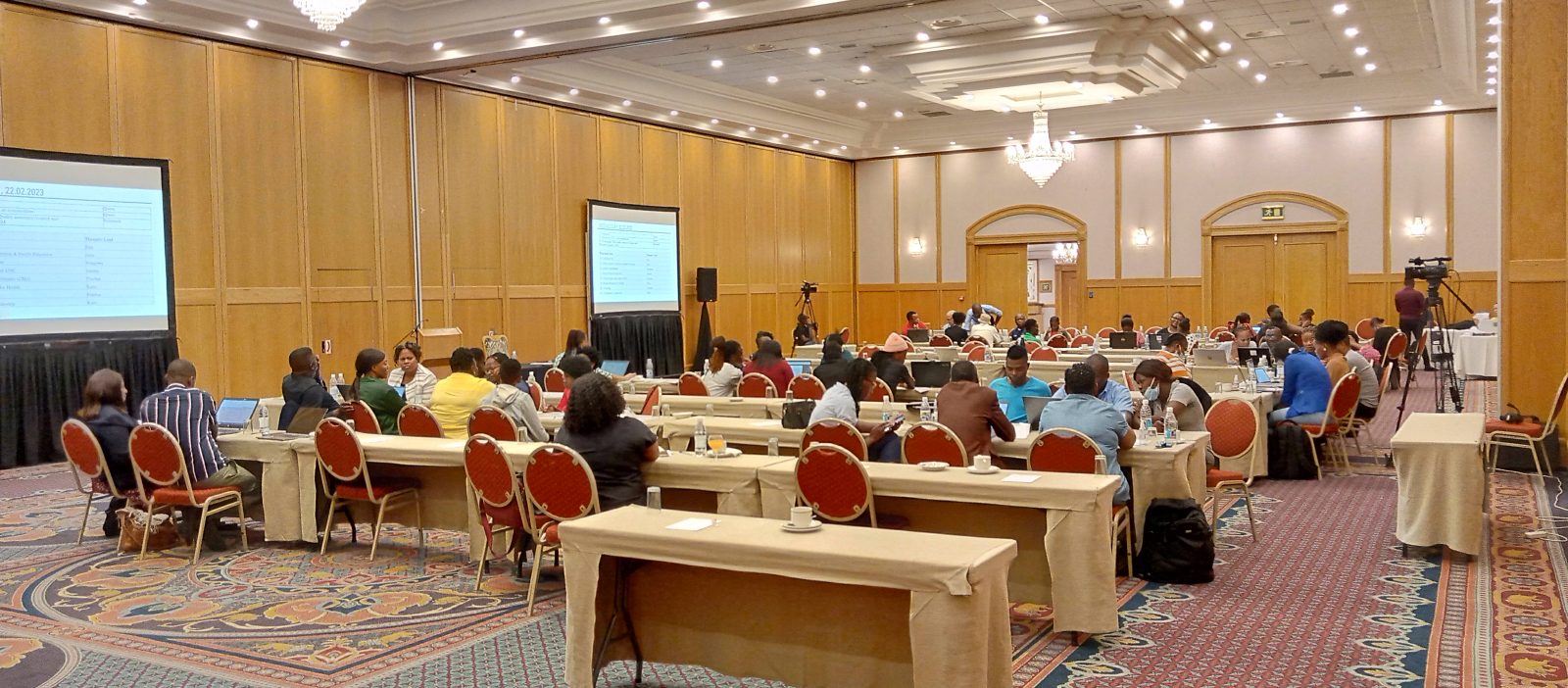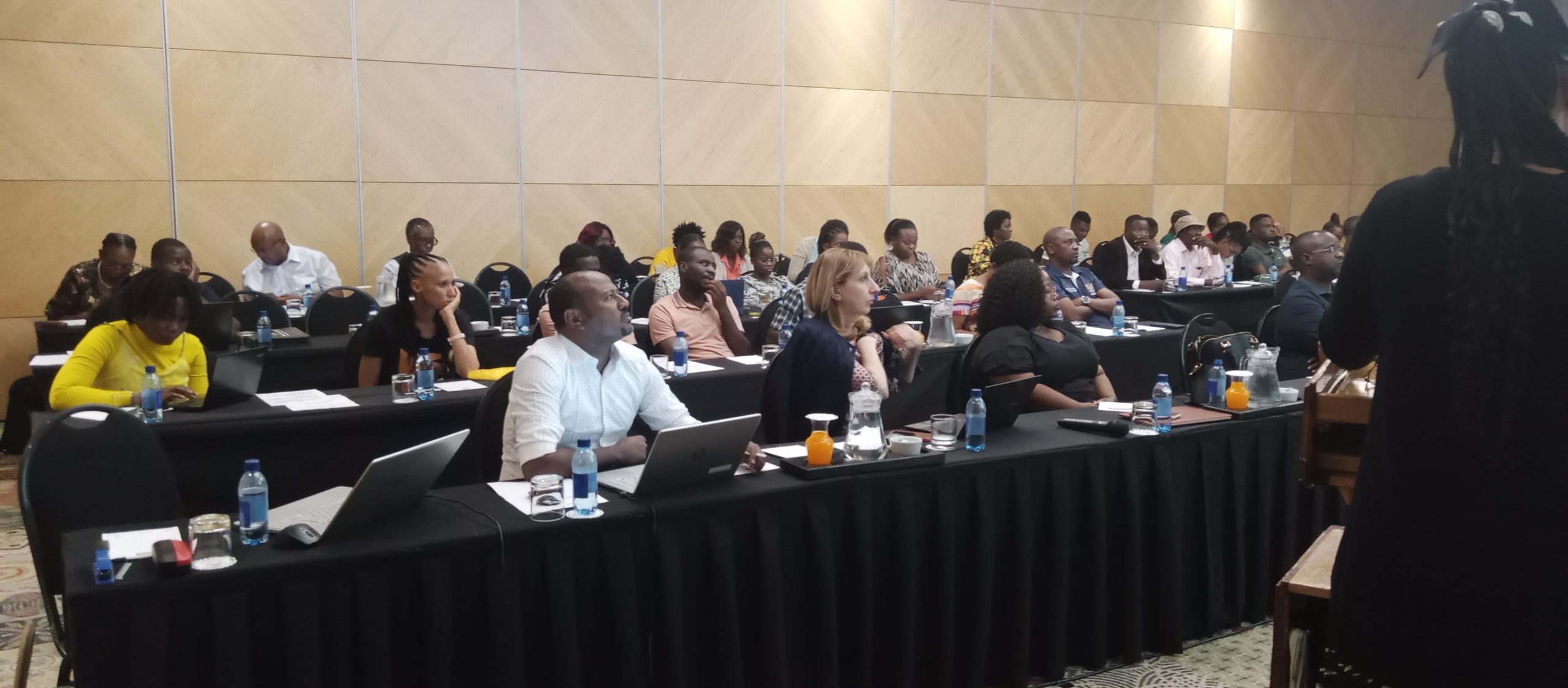“Applying the People-centred Framework during the strategic planning process allowed us to systematically analyze and use data to determine the extent that Tuberculosis continues to be a public health concern and; what and why gaps in national response and service provision exist. It led us to formulate interventions that we think are the most appropriate and responsive in our context for addressing the gaps and challenges.” – Helena Mungunda, Senior Technical Advisor for National Tuberculosis and Leprosy Control Program, Ministry of Health and Social Service, Namibia
Through the outstanding work of the Namibian National Tuberculosis and Leprosy Control Program (NTLCP) the Namibian Tuberculosis (TB) incidence rate has declined from 892 per 100,000 in 2010, to 457 per 100,000 in 2021. Despite meeting it’s 2020 targets for the End TB strategy, however, Namibia still has the 9th highest TB incidence rate in the world and significant work ahead to meet the 2030 and 2035 End TB strategy targets.
As the 3rd Namibian TB and Leprosy Mid-Term Plan (MTP-III) came to a close mid 2023, the Namibian NTLCP needed to develop and obtain approval for the new TB and Leprosy National Strategic Plan (NSP), and, crucially, submit its’ new Global Fund application in March 2023.
The People-Centred Framework (PCF) team was approached in December 2022 to support the Namibian NTLCP. With the first meeting scheduled for the end of January 2023, the NTLCP had just two months to draft and prepare the supporting evidence for the NSP, in order to submit the Global Fund application in March 2023.
Despite the challenging time schedule, under the leadership of NTLCP, all parties came together to deliver the NSP in record time! Through commitment, dedication, and teamwork, and utilizing the PCF process, the NTLCP was able to create an evidence based national TB strategic plan and to identify, prioritize, and address health challenges for persons living with TB.
With ‘data driven decision making’ at its’ core, the PCF process relies heavily on epidemiological, health systems, and patient data. Fortunately, the WHO had recently led an external program review and created a picture of the epidemiological situation of TB in Namibia. This substantial piece of work, carried out by more than 40 consultants, was essential to, and formed the basis for, Namibia’s PCF process.

The PCF process consists of multiple steps, including:
- Roadmap development
- Creation of the TB technical team
- Data consolidation & situation analysis
- Stakeholder Workshops
- Development of Key Performance Indicators (KPIs) & Monitoring & Evaluation (M&E) framework
- Drafting the NSP
The Namibia NTLCP was able to accelerate the development of the NSP, whilst retaining all of these core elements of the PCF process.
First Stakeholder Workshop: Data Consolidation and Situational Analysis of TB in Namibia
After agreeing the timeframe, the Namibian NTLCP established the core TB technical team including M&E officers and staff from the NTLCP, WHO consultants, and PCF team from KNCV TB Plus.
The agreed roadmap included four stakeholder workshops attended by NTLCP staff, WHO consultants, regional coordinators, university staff, civil society representatives, TB and leprosy patient organizations, and KNCV TB Plus consultants.
The first stakeholder workshop was held over five days at the end of January 2023. During the first two days the group was split into two: with one group undertaking the data consolidation and situation analysis whilst the other group undertook preliminary problem identification, root cause analysis, and intervention identification exercises. On the third day the data consolidation team presented their findings to all of the participants and the consolidated data was used to finetune the problem identification, root cause analysis, and intervention identification.
Back to back stakeholder workshops, 5 days each, were held just one week later. The first stakeholder workshop was held from Monday to Friday. Then, after a break over the weekend, the stakeholder group reconvened for the second stakeholder workshop, again held from Monday to Friday.
During the first of these two workshops the participants worked on developing the vision, mission, goals, and M&E framework for the NSP epidemiological models, and costed the proposed interventions.
Second Stakeholder Workshop: M&E Framework and Modelling to priroitise interventions
During the second workshop, the participants finalized the M&E framework, and modelled the proposed interventions: analysing the impact and cost of the interventions to determine the cost effectiveness of each. The modelling output was then used to prioritise the interventions and developing essential evidence to support Namibia’s Global Fund application.
Prirotised, Costed National Strategic Plan
Following this third stakeholder meeting the core TB technical team completed the modelling, and, under the leadership of the WHO, drafted the NSP.
The final stakeholder meeting, held over two days, was used to validate the draft NSP, including the modelling and costing outputs. During this meeting the core TB technical team presented the draft NSP, M&E framework, modelling, and the estimated cost to the full stakeholder group.

To develop the NSP in just two months is a testament to the hard work, commitment, and the enormous contributions of NTCP staff, all of the TB stakeholders, and the WHO, Global Fund, and KNCV TB Plus consultants. Every individual involved fully engaged in the process and had a singular focus on the delivery of Namibia’s new national TB strategic plan. We are beyond grateful for the massive efforts, dedication, and hard work of everyone involved!
The People-Centred Framework for TB programming was jointly developed by the Bill and Melinda Gates Foundation, The Royal Tropical Institute Netherlands (KIT), the World Health Organization, Linksbridge, TB Modeling and Analysis Consortium, and refined by KNCV Tuberculosis Foundation.The goal of the initiative is provide countries with the necessary tools and approaches to optimize their National Strategic Plans in line with the End TB Strategy, Sustainable Development Goals and country commitments. The goal of the initiative is provide countries with the necessary tools and approaches to optimize their National Strategic Plans in line with the End TB Strategy, Sustainable Development Goals and country commitments. The framework is a process for country-level planning with four primary planning steps centered on answering the questions in the figure below (right click the image to view a larger size in a new tab):
 The framework is a process for country-level planning with four primary planning steps centered on answering the questions in the figure below:
The framework is a process for country-level planning with four primary planning steps centered on answering the questions in the figure below:
